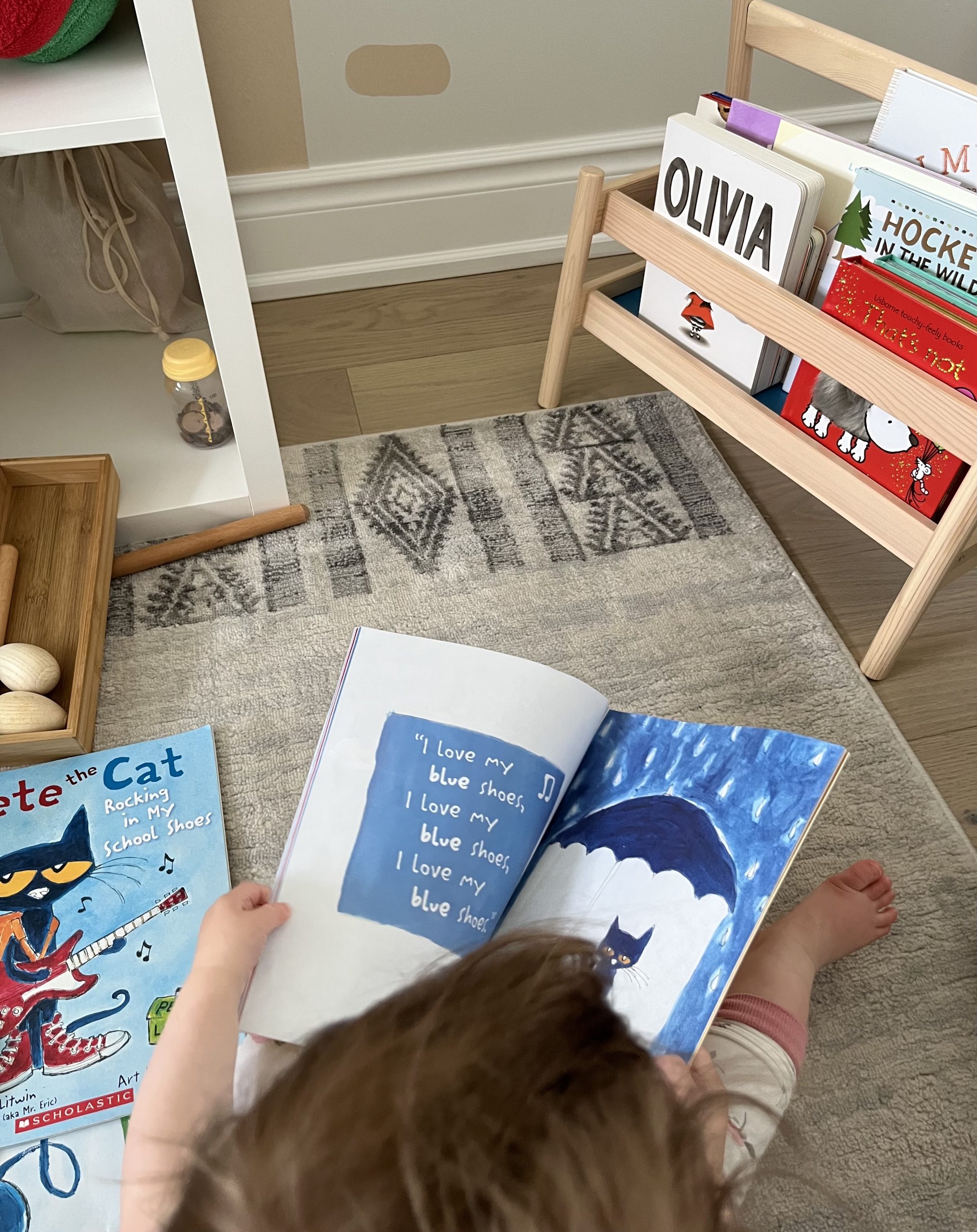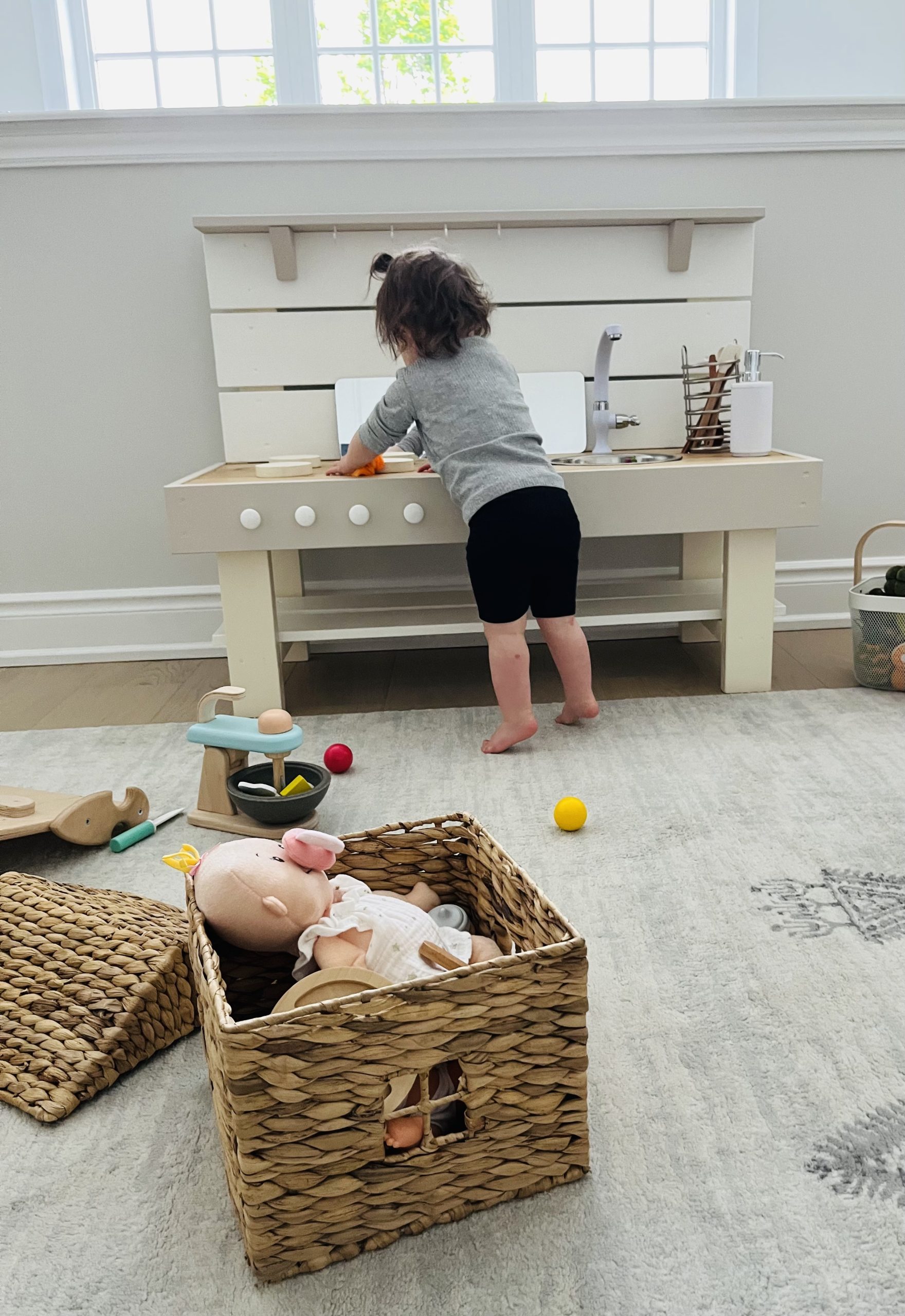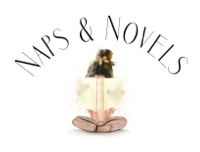
Today, I watched my daughter play independently in her playroom. She looked happy, determined and comfortable. Today was the first time she really moved freely through the space, touching different toys and materials, picking things up, putting them down, opening things and closing things. She was determining her likes and dislikes, testing out her abilities and trying to make sense of the world around her. I watched her in awe. My capable, confident and curious daughter wondering, exploring and problem solving at 13 months. I wanted to intervene so many times like we all do and help her when, for example, she couldn’t free the book she wanted from the shelf or when she couldn’t open one of her treasure boxes. Instead, I took a back seat. I watched her struggle at first but then this look of satisfaction lit up her entire face when she got that book she wanted and when she finally opened that treasure box. Today, I truly witnessed the value of independent play.
Below you will find ways you can encourage independent play at home even with your smallest child.
Remove the screens – Screens provide too much of a distraction. Also resist that urge to capture the play on your phone. Put it away. Your child will lose concentration as soon as they see you trying to take a photo or video.
Give them space – I sat at the far end of my daughter’s playroom so I could give her the space she needed to move around and explore. I wanted her to feel the independence. It is important to always have eyes on your child, but also allow for enough distance so your child isn’t going to rely on you to guide the play. You want to create a space that is safe for your child to roam freely. My daughter would look over at me sitting in the corner of her playroom every so often, making sure I was still there. I could tell it provided her with a sense of comfort and security.
Age appropriate toys – Make sure toys are age appropriate and open-ended! If toys are too easy to master or too hard, your child will quickly move on. You want to consider adding loose parts to your play space. Loose parts refer to open-ended materials that can be manipulated in different ways. Loose parts are interesting, unexpected, real objects that provide children with unlimited play possibilities. There is no specific way to use them which is why they are so appealing. You will notice that children tend to engage in play for longer periods of time when they are given open-ended toys to play with because so much can be done with them! To read more about loose parts, click here.
Accessible and clear storage – It is important that children can actually see their toys and access them on their own. Using shallow baskets or clear bins, allows children to navigate their space on their own and easily grab what they wish to play with, without needing any assistance from an adult.
No interruptions – This is one of the most important ways to encourage independent play and the hardest for adults to do! The last thing you want to do is break the concentration. Let your child stay in that creative flow of mind. Save the praise and conversation for later. So many times when I see my daughter accomplish something new, I want to show my excitement and clap and tell her what an amazing job she is doing. As hard as it is, you want to refrain from engaging with your child in the moment and instead have a conversation about it at a later time.

Why is independent play so important for children? Playing independently allows children to be creative and imaginative. It teaches them how to entertain themselves, to feel happy and confident on their own. Children are learning to self-regulate, they are practicing self-help skills and problem solving skills. Giving children the time and space to play independently builds a sense of security, which is important before heading off to school or daycare for the first time. Children need to understand that they will not always have an adult by their sides to guide them and help them through everything. Independent play allows children to begin to trust in themselves.

Leave A Reply